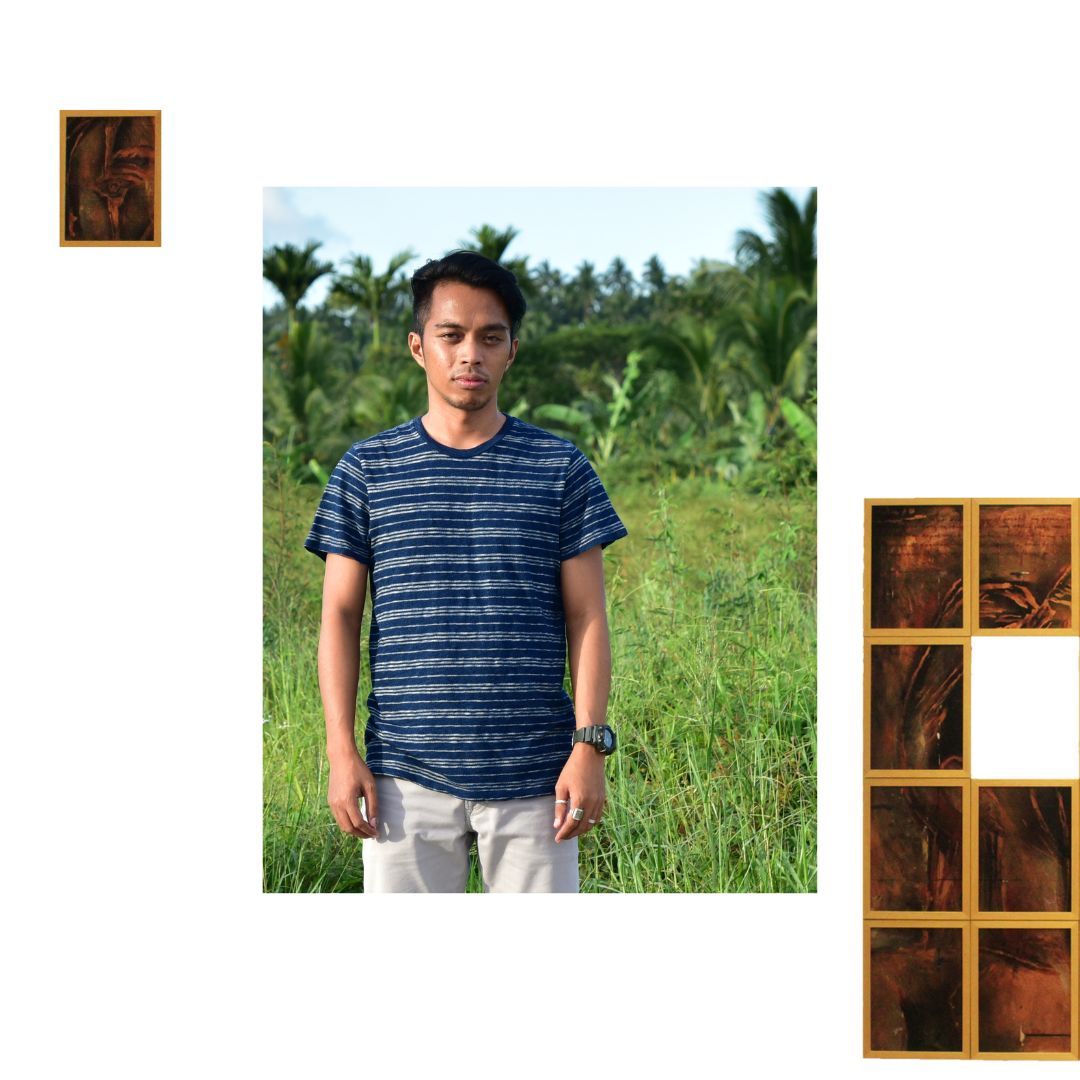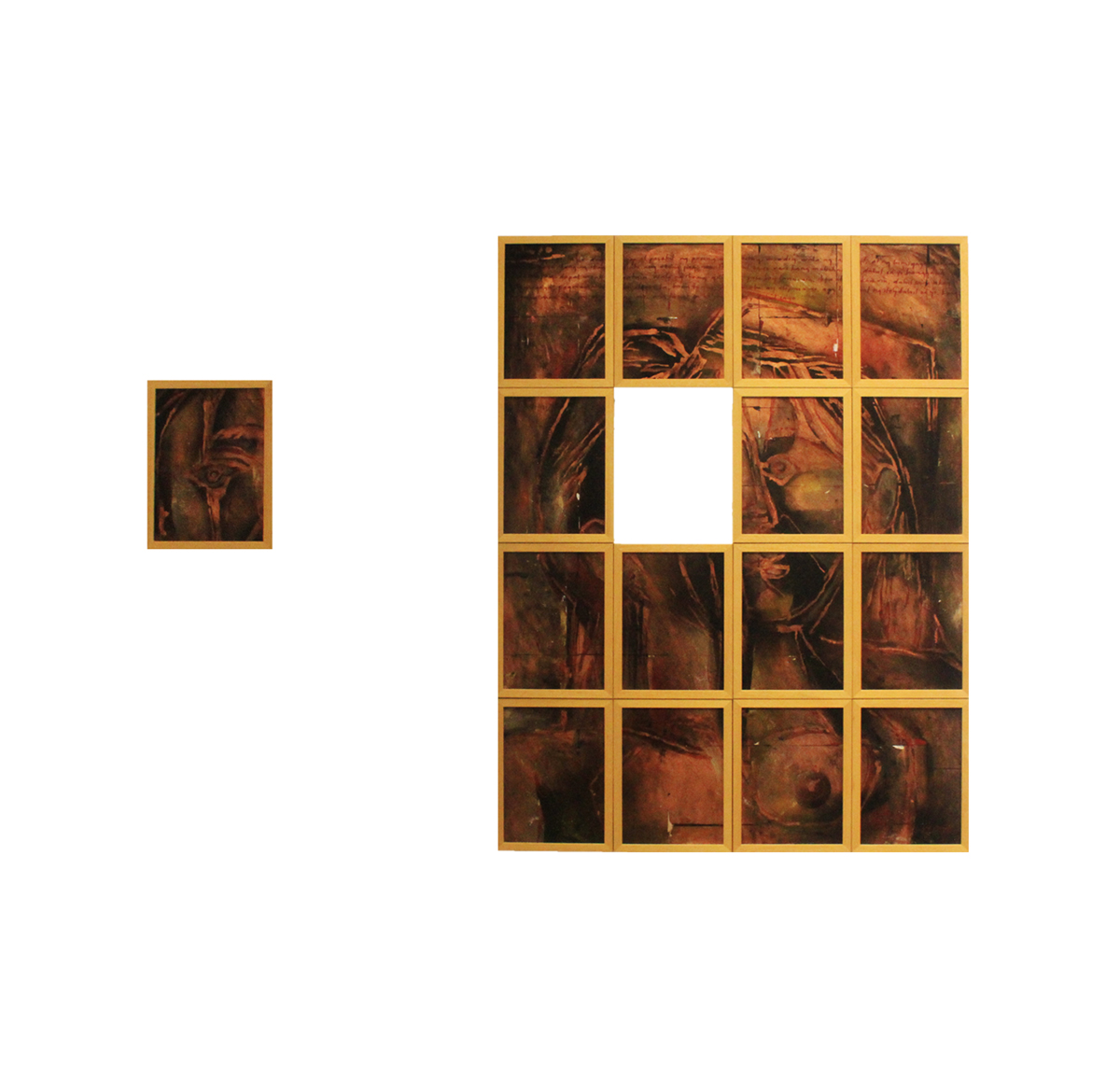Leslie De Chavez
Manila-born Filipino artist Leslie de Chavez has been widely recognized for his incisive and sensible forays into history, cultural imperialism, religion, and contemporary life. Responding to urgent material conditions through his deconstructions of master texts, icons, and the symbols of his times, de Chavez strikes a balance between iconoclasm and an affirmative outlook to the relevance and accountability of art to one’s milieu. Leslie de Chavez has held several solo exhibitions in the Philippines, China, Korea, Singapore, UK, and Switzerland. He has also participated in several notable exhibitions and art festivals, which include the Singapore Biennale 2013, 3rd Asian Art Biennale in Taiwan 2011, 3rd Nanjing Triennial in China 2008, First Pocheon Asia Biennale in South Korea 2007. A two-time awardee (2010/2014) of the Ateneo Art Awards for Visual Art, Leslie de Chavez is also the director/founder of the artist-run initiative Project Space Pilipinas, in Lucban, Quezon.

De Chavez investigates the symbolic aspects of materials such as lead, beeswax, and dried animal intestines. Through the embedded historicity of these, he finds parallel narratives in the socio-political and cultural contexts of the Philippines.

DNA
led dried animal intestine and cosmic wax on canvas
122.00 x 110.00 cm / 48.07 x 43.34 in
2022
“My practice has involved the creation of diverse art forms that scrutinize various issues in Philippine society such as history, colonialism, religion, imperialism, miseducation, power struggle, contemporary culture, politics and social values…. As an artist, I believe that responding through art to our continuous victimization from the chronic conditions of our society can be truly liberating.”
Having worked with various materials, privileged ideas over objects, and engaged with texts on the dissolution of the tangible aspects of art, artists Leslie de Chavez, Jason Dy, SJ, W. Don Flores, and Carol Anne McChrystal, in their group exhibition THE RIDDLE OF MATERIALS, search for critical dialogue through their affinity with their materials.

Appendage (After Picasso’s “Head of a Woman,” 1954)
oil, acrylic, spray paint and metallic leaf on canvas
108.00 x 82.00 cm / 42.55 x 32.32 in
2022
The works in the exhibition demonstrate an engagement with materials in symbolic parallels, across intuitive levels, along environmental scale, or the semiotic plane, revealing their making as “a process of correspondence” (Ingold, The Materials of Life, 2016). In these artists’ works, we recognize a giving of due to raw material substance and the processes of becoming; opening up potential for image-making and making-meaning—an alchemical proposal that materials that cannot be treated as immaterial, linear, or static. (AM+DG 2022)
Exhibit

